Estimated reading time: 14 minutes
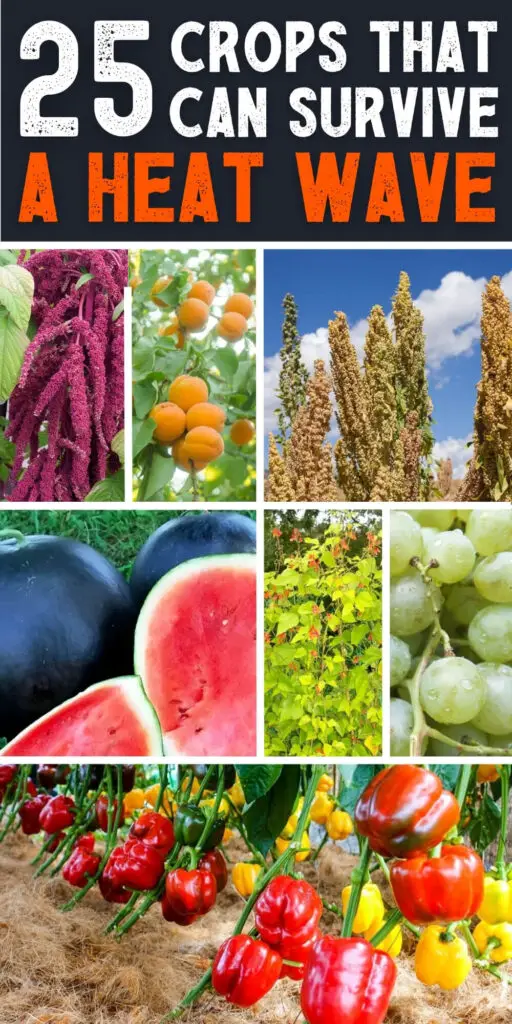
If you’ve been paying attention to the weather in recent years, you’ve probably noticed a trend: record-breaking heatwaves are becoming more common across the U.S. For some areas, these heat spikes are an occasional inconvenience. But for those of us who live in the hotter regions of the country such as Florida or Texas, extreme heat is just a part of daily life.
I'm not just talking about warm summers. I mean sustained triple-digit temperatures that bake the soil, scorch the leaves, and bring most traditional crops to a screeching halt. That’s why growing a successful garden in these conditions requires more than just determination. It calls for a different approach, one focused on choosing plants that can actually thrive in high heat.
In this article, I’ll go over a selection of fruits, vegetables, grains, and herbs that are not only heat and drought tolerant but resilient enough to survive in some of the toughest growing conditions.
Resilient Gardening
Many of the practices we’re going to cover fall under the umbrella of permaculture gardening. This is a gardening approach that strives to create an organic and sustainable garden environment that produces nutrient dense fruits and vegetables.
Our primary focus will be on fruit and vegetable varieties that are drought and heat resistant, but there are other steps you can take to not only ensure success but potentially expand the diversity of your garden even to some less drought and heat tolerant plants.
Some of the steps you may already follow and some may be new. Look at them from a big-picture point-of-view and implement as many as you can. Here are some of the steps to consider:
Location
Think carefully about the location of your garden. You don’t want to be on the highest ground where any rain or watering will runoff, and you don’t want to be on low-ground where water can pool during heavy rains.
Middle ground is a good location or at least an area that is partially shaded to provide some relief from blistering hot temperatures and direct sunlight all day.
Shade or at least partial shade may be one of the most important location factors in a time of unexpected and record-setting heat.
No Till Gardening
Regardless of any drought you’ll need to find some way to water your garden. What’s important is to not lose the water through rapid percolation into the ground. Gravity has no conscience and will draw water down into the ground and away from roots rapidly.
One solution is to leave the soil under your garden untilled. It will be harder and resist water percolation but it requires the next steps to grow healthy plants.
Lasagna Gardening
Lasagna gardening is all about building up garden soil in layers. It begins on an untilled soil surface. It could start with a bed of chopped leaves topped with peat moss and continuing layers of compost, top soil, and finally a topping of mulch.
The combination of layers will provide a rich organic soil that holds water that can concentrate around root systems without losing the water to deep percolation as a result of tilling.
Then again, you could always contain your lasagna garden in a raised bed to not only contain more water but manage the soil and the types of fruits or vegetables you plant. The next step takes those raised beds to another level.
The Wicking Bed Option
A wicking bed is a raised bed with a series of tubes, containers or channels in the bottom of the bed that hold water and release it to plants through the wicking action of the soil. It was designed by two Australian scientists to manage water in gardens in some of the driest deserts on Earth.
Soil Composition
Whether you go with a straight lasagna garden, a raised bed or a wicking bed the soil composition is one of the biggest keys to a resilient garden. It should be a well blended mix of compost, peat moss, topsoil and could even include some Perlite and/or vermiculite. The combination does a very good job of holding water and keeping the soil moist.
Mulch, Mulch, Mulch
A topping of mulch acts to prevent evaporation from direct sunlight and heat. An organic mulch like bark, wood chips and even chopped leaves or newspapers can keep the soil beneath moist and prevent rapid evaporation.
Water Options
Water can be the biggest challenge for some gardens and a resilient garden is largely about distributing, holding, and conserving water. What’s always critical is to water deep. Heat and drought resistant plants all have deep roots. That’s what makes them drought resistant.
Other watering considerations include rain water collection, the use of soaker hoses buried under the soil, the use of grey water or water that has been used for a previous purpose.
- 8 Garden Watering Mistakes You’re Probably Making
- How to Harvest Rainwater
- How to Set Up a Greywater System
The Benefit of Sprouted or Started Plants
Our tendency is to often start plants from seeds. That can be a problem in a resilient garden designed to conserve water. Seeds take added time and moisture to sprout and grow. That means you’ll be watering them for a longer duration.
As much as possible, try to sprout and grow your plants indoors so you can get them into the garden not only with a head start, but they’ll require less water to reach maturity.
Then again, some root vegetables are best started from seed. The good news is that many root vegetables like radishes are quick maturing in as little as 30 days.
- How To Start Seeds In An Egg Carton
- How to Create the Perfect Seed Starting Soil
- 10 Fastest Growing Vegetables for Your Survival Garden
Plant Selection
This may be the most critical consideration for a fruit and vegetable garden that is resilient in the face of heat, drought and general weather extremes. Many of these plants have origins in desert areas or arid tropical climates. They also have the long and deep root systems we mentioned previously.
Most can be sprouted from seed before planting but some grains and root vegetables are best if started from seed.
Heat and Drought Resilient Grains
Bread is the stuff of life and certain grains have been grown and harvested for millennia. They’re often referred to as ancient grains and all have long and deep root systems making them highly heat and drought tolerant.
1. Amaranth
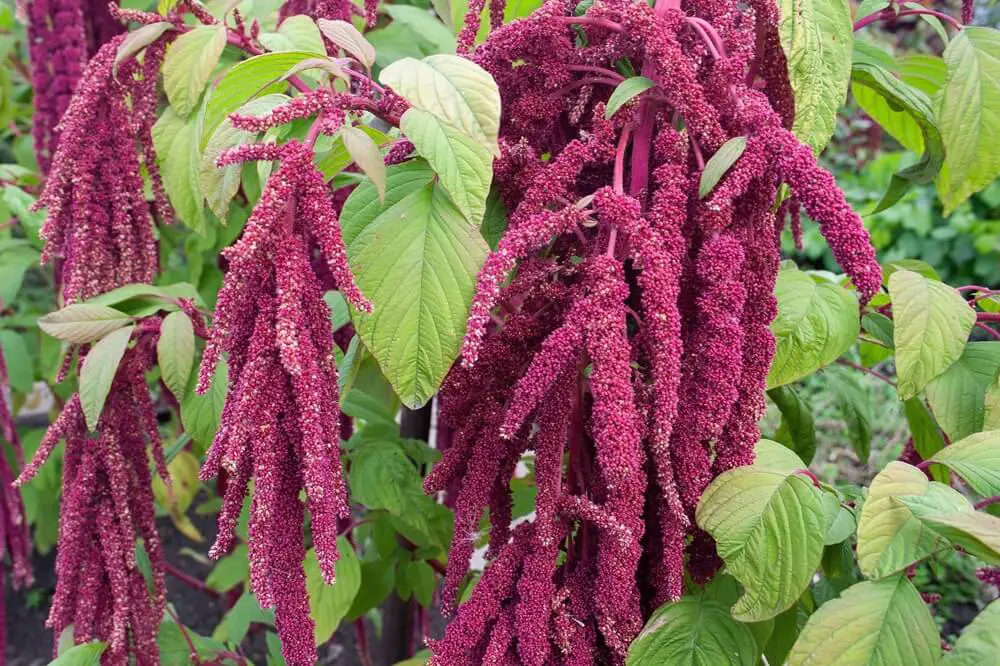
Amaranth is an ancient grain native to arid, desert areas. It has emerged as a new and very popular grain that can be ground into flour, or incorporated whole into porridges, cereal and other recipes.
2. Quinoa
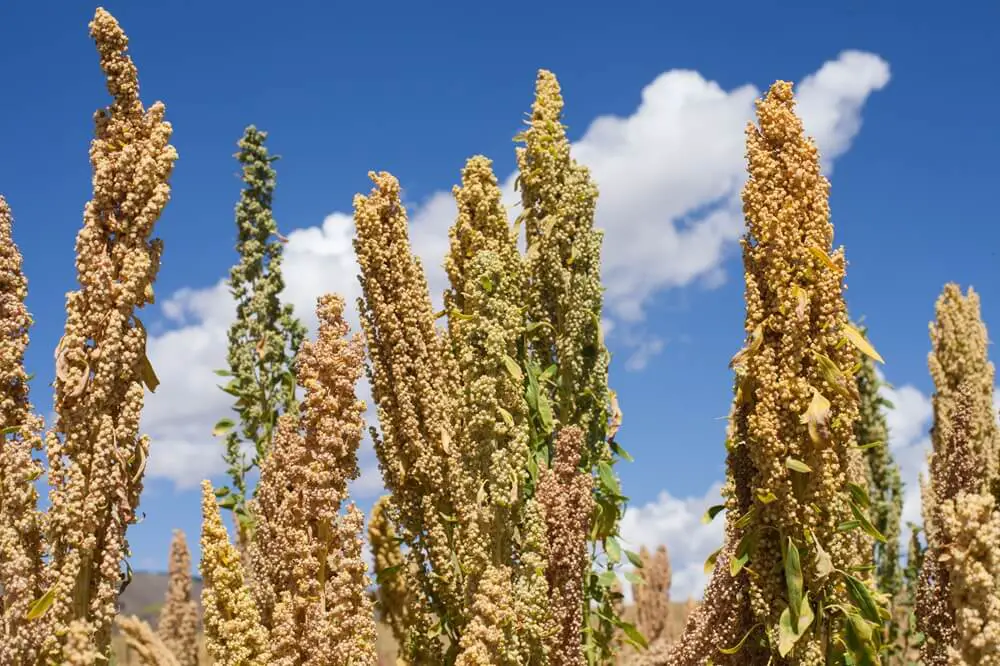
Quinoa is another ancient grain that originated in arid, tropical areas of South America. It is a highly resilient plant and its grains can also be ground into flour or simply cooked an eaten.
3. Kernza

Kernza is emerging as an alternative grain around the world. Its root system actually extends 10 feet deep into the ground making it one of the most heat and drought tolerant grasses and grains in the world.
Heat and Drought Resilient Vegetables
Here again, some vegetables have deep root systems. That’s a primary consideration to look into whenever choosing a resilient plant for a garden during a time of temperature extremes.
4. Lima beans
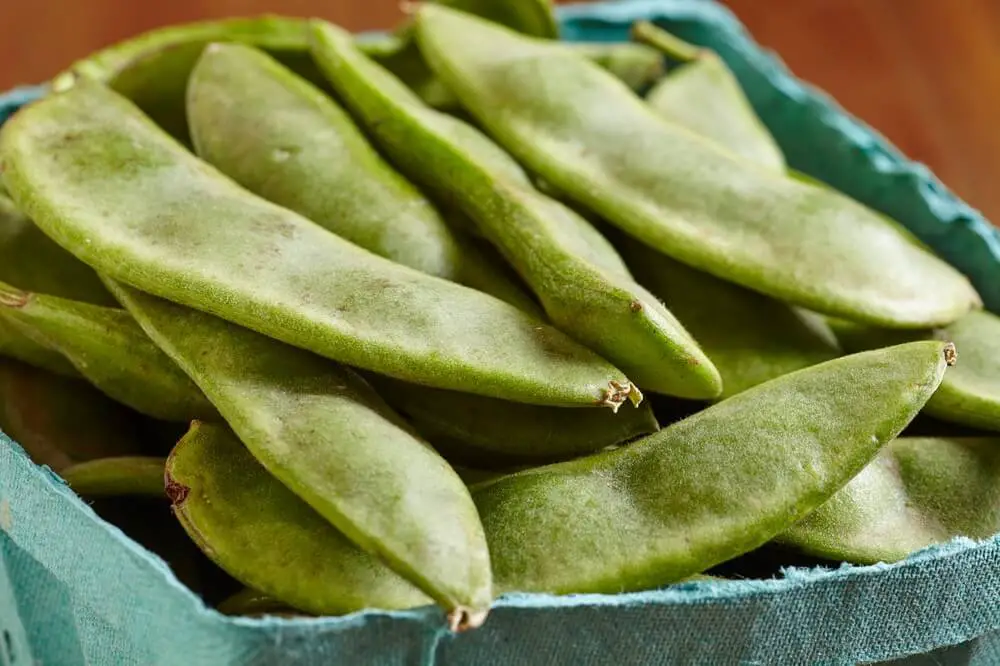
Lima beans are an excellent protein source and can be grown vertically or as a bushy plant depending on the variety and your garden design.
5. Pole beans
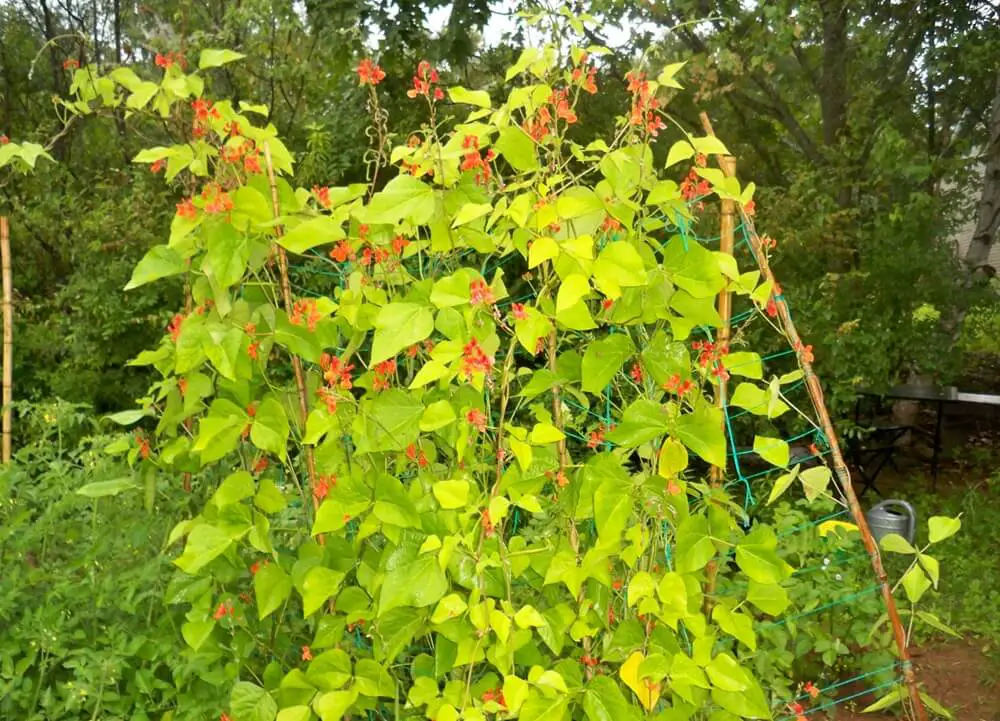
Pole beans can grow anywhere there is a vertical structure to support the vine. They are prolific producers and offer a series of crops over time.
6. Cowpeas
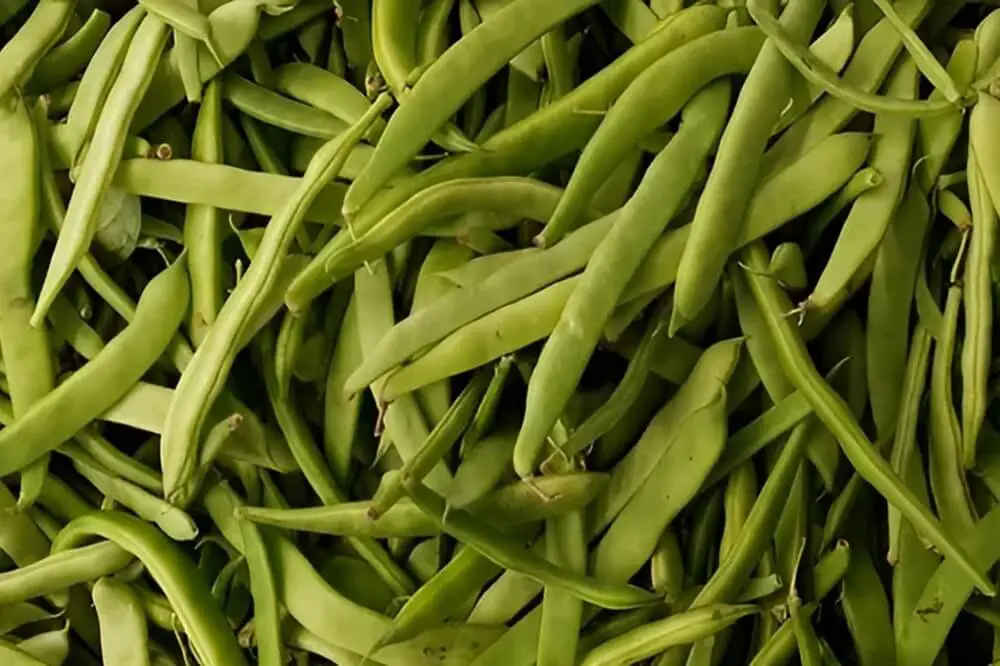
Cowpeas are another excellent protein source and are also heat and drought resistant.
7. Mustard greens
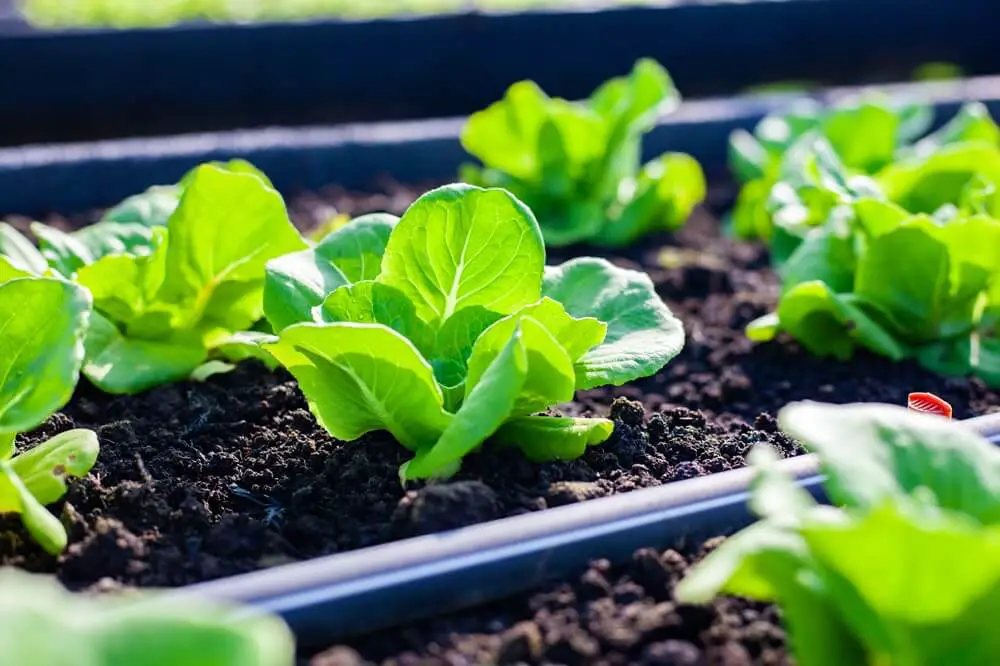
Many leafy greens like lettuce have shallow root systems and won’t survive in hot temperature extremes. Mustard greens are an exception and can be eaten cold or cooked.
8. Swiss Chard
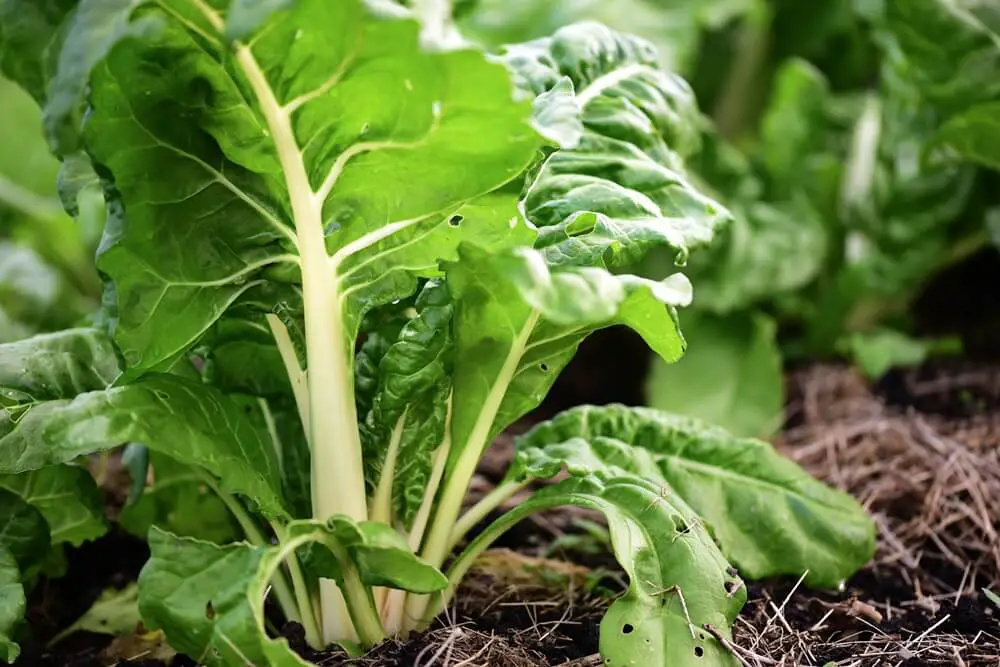
Swiss chard is another leafy green with a deep root system.
9. Arugula
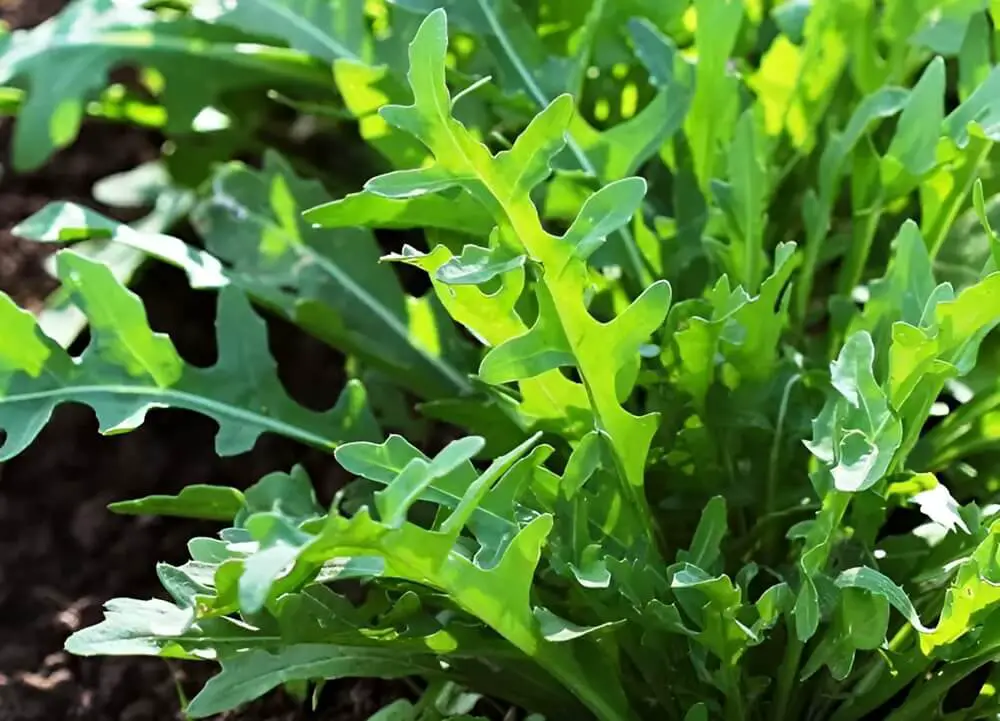
Arugula is known for its slightly bitter flavor and is another heat tolerant leafy green alternative.
10. Beets
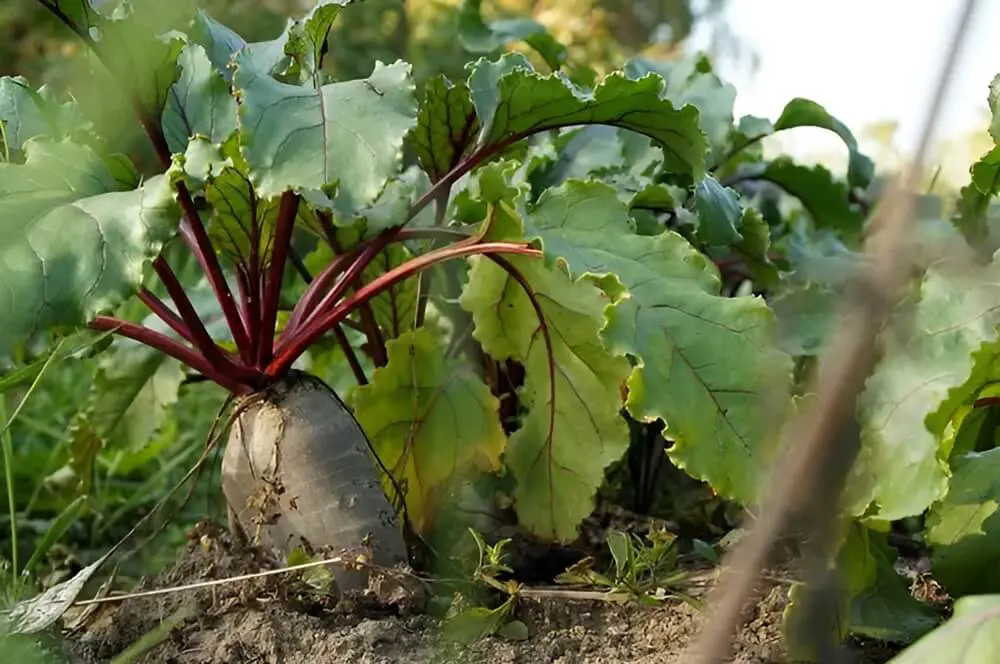
Beets are best planted from seed but can be planted in the shadows of other larger vegetable plants.
11. Carrots

Carrots should also be planted from seed and can be harvested at any time. They can also be planted beneath other larger and leafy or vining vegetables.
12. Okra
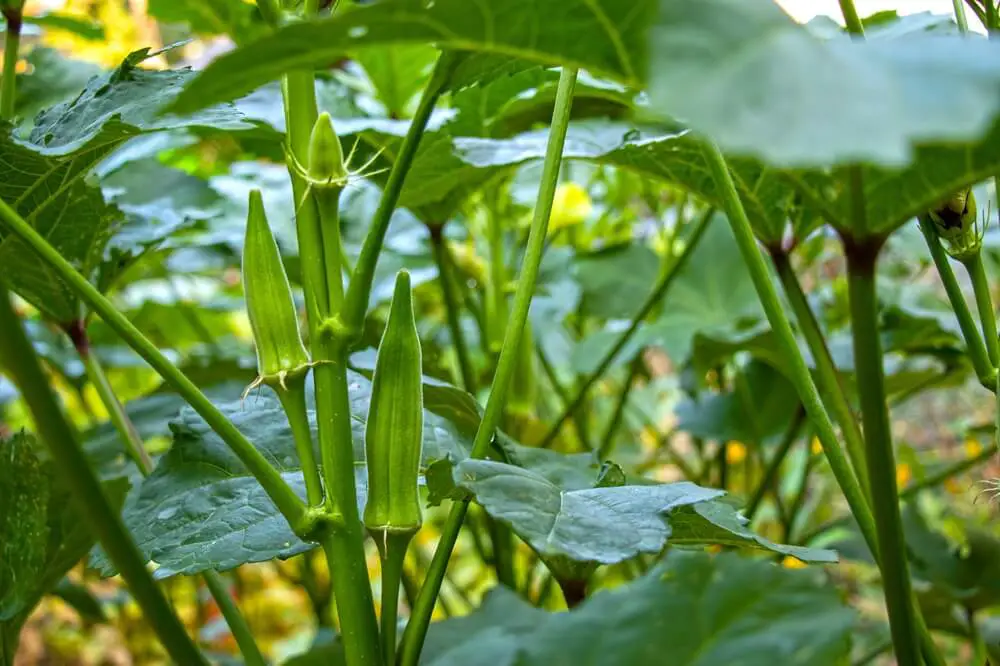
Okra is a traditional southern crop that has evolved in areas with high temperatures.
13. Summer squashes
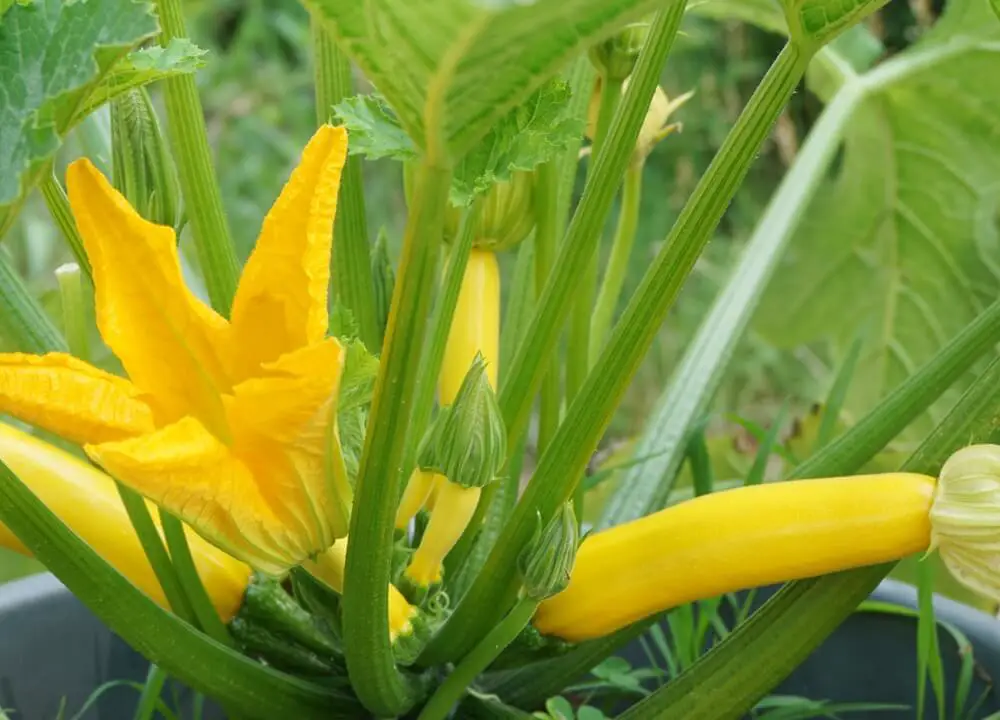
There’s a reason they’re called summer squashes and they thrive in the heat.
14. Sweet Potatoes

Sweet potatoes also have deep roots which is unique for many potato varieties.
15. Heatwave II Tomatoes
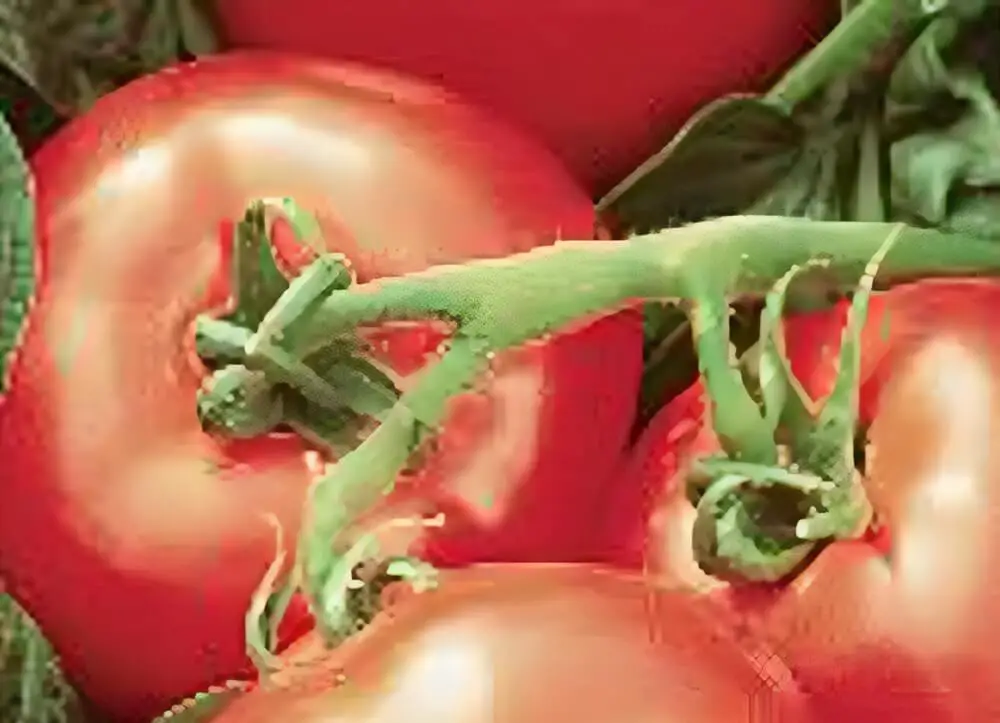
As the name implies, heatwave tomatoes tolerate heat and drought.
16. Peppers
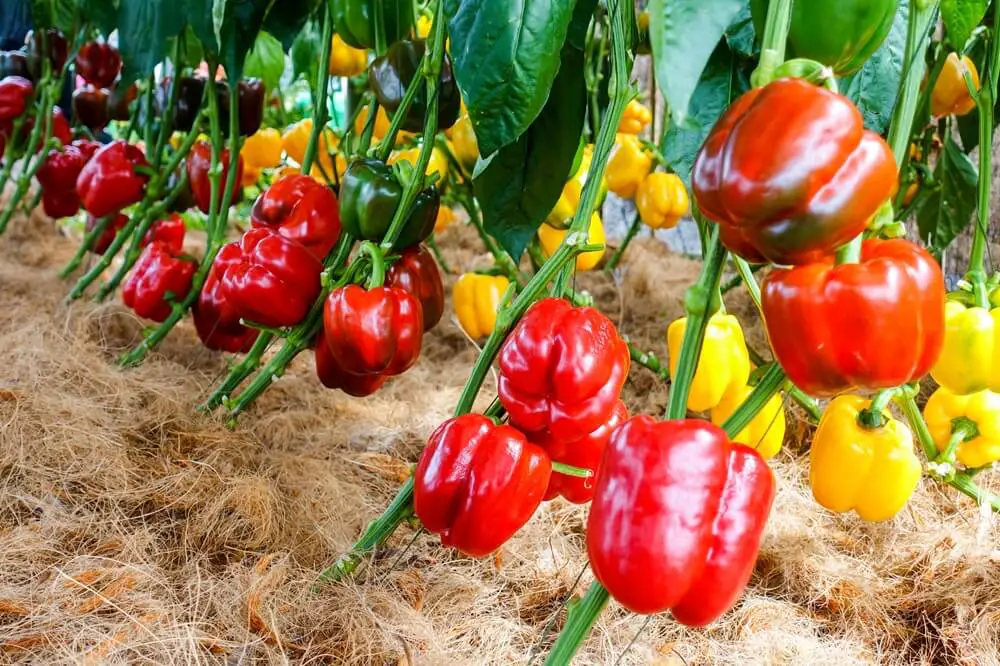
Peppers are vegetable family that evolved in hot southern regions of North and South America.
17. Black Diamond watermelon
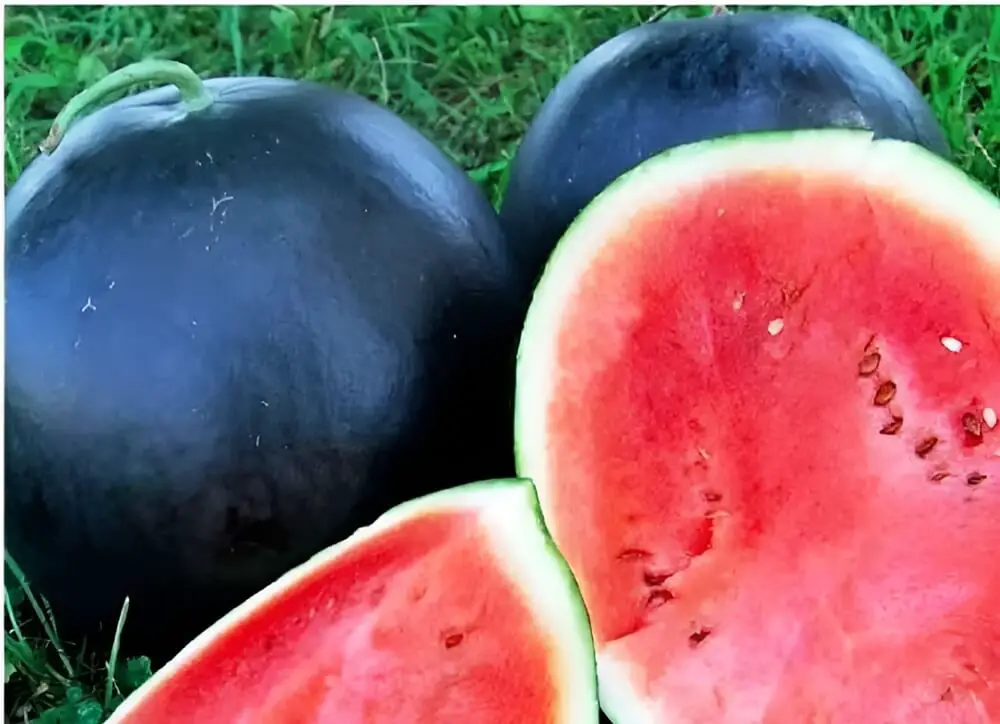
Black Diamond watermelons are a surprisingly drought and heat tolerant watermelon given the large size of most melons.
Heat and Drought Resilient Fruits
Fruit trees and vines in and around a garden not only provide another food source but the kind of shade a garden needs to survive intense heat. Here are the fruiting trees and vines that have stood the test of time in deserts and arid areas around the world.
18. Figs
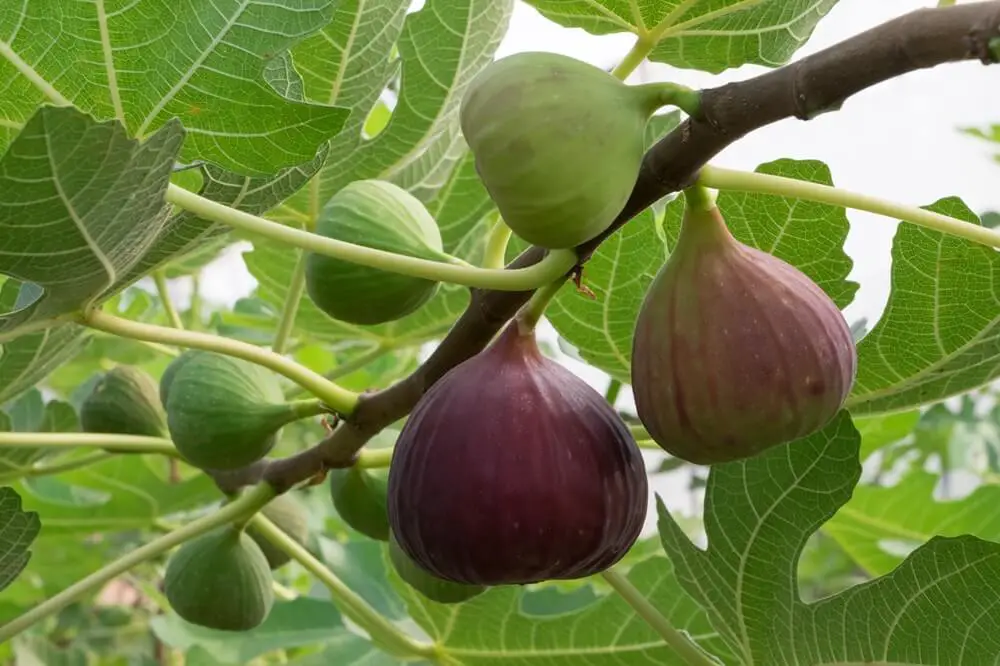
Fig trees originated and evolved in the Middle-east and have the same deep root systems that allow other plants to survive drought and heat.
19. Persimmons
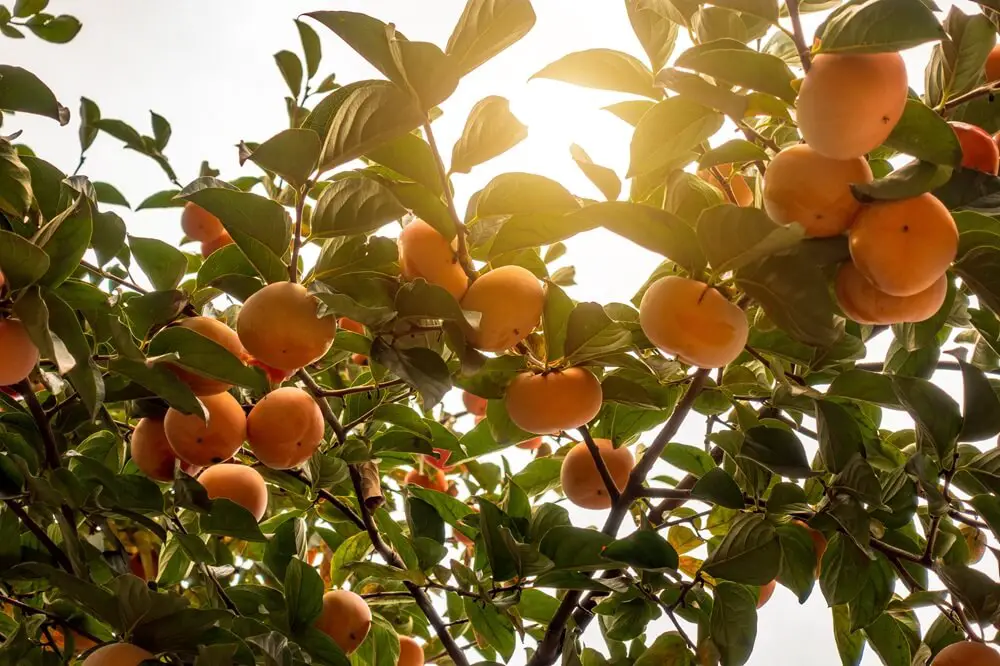
Persimmons are another tropical fruit that can endure both high and low temperature extremes.
20. Grapes

Grape vines are surprisingly tolerant of heat and drought and actually prefer less water than most plants. The Muscadine grape is particularly heat and drought tolerant.
21. Apricots
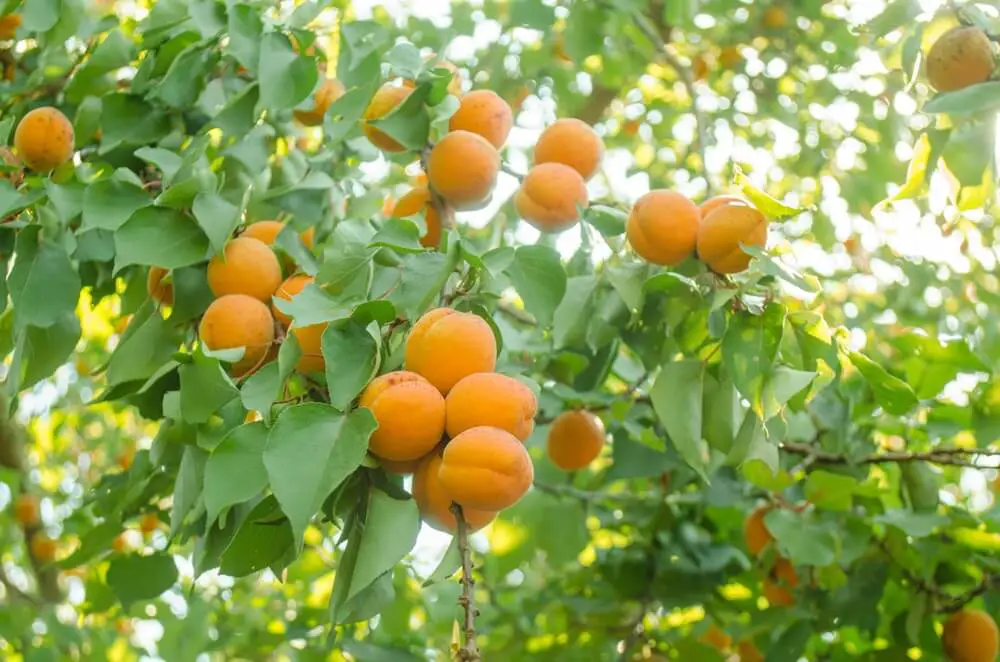
Apricots are another fruit tree requiring little water and are highly heat tolerant.
22. Olives
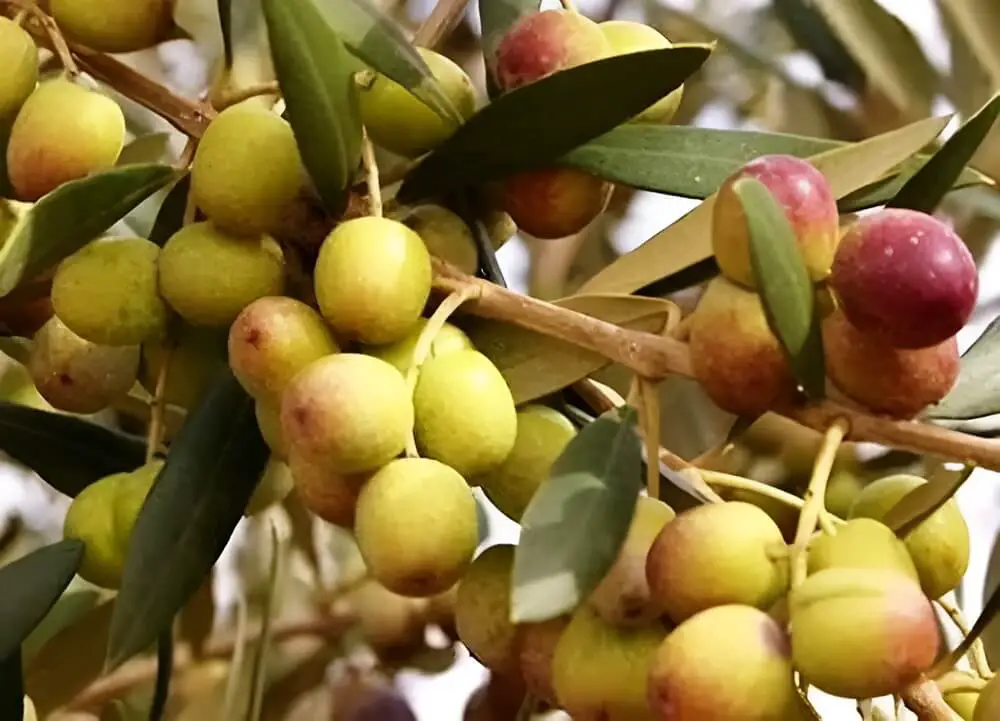
Olive trees originated in arid and hot areas around the Mediterranean and are also heat tolerant.
Heat and Drought Resilient Herbs
Many herbs have deep roots and are heat tolerant. Here are some of the classic Mediterranean herbs that can survive in a hot and dry garden.
23. Oregano
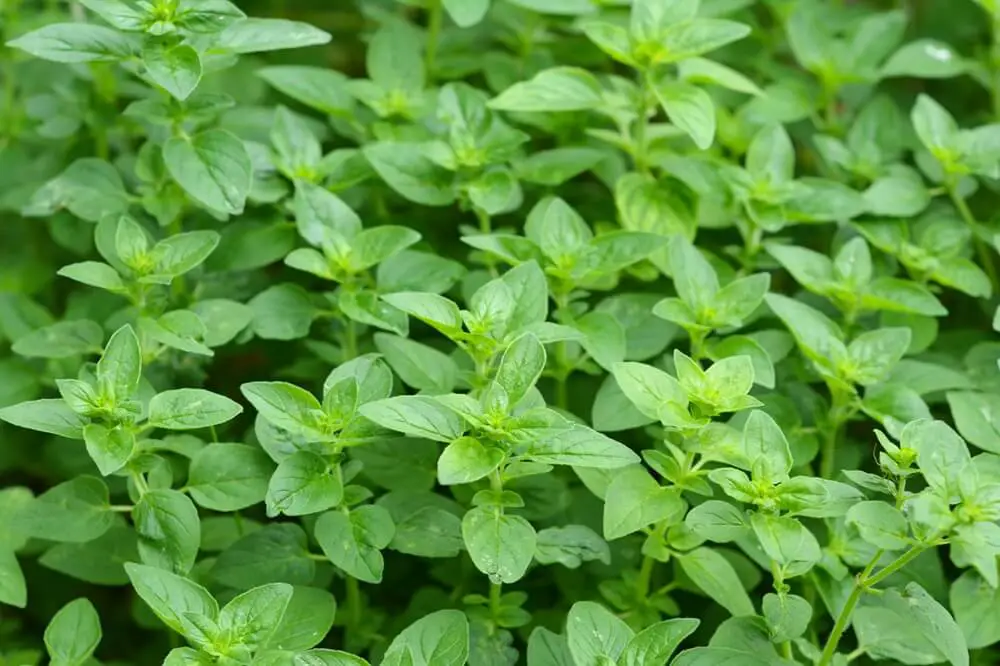
Oregano is a perennial that is highly resilient in all conditions.
24. Rosemary
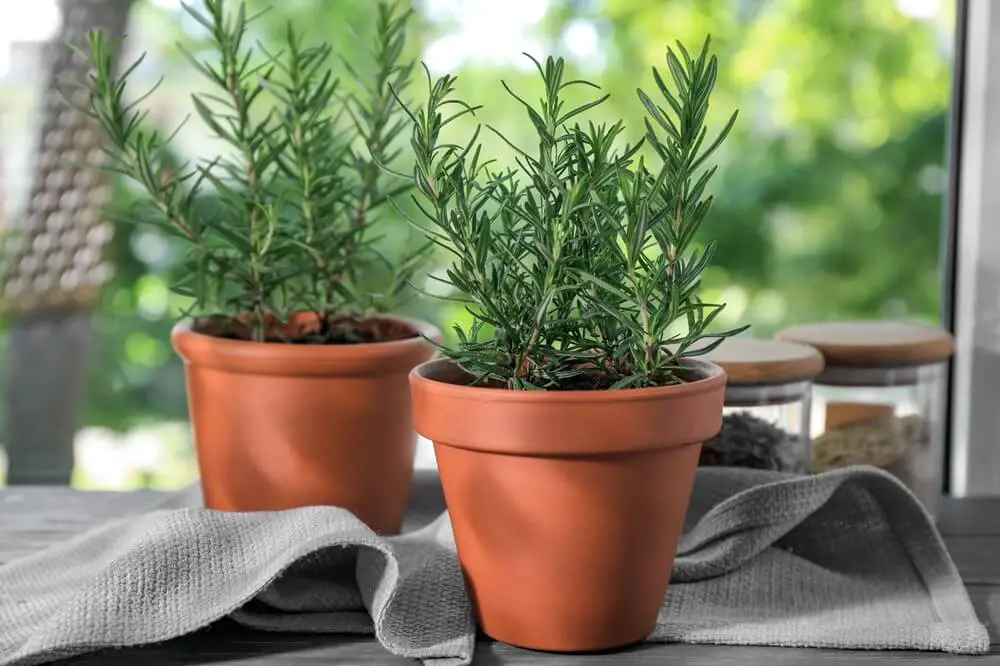
Rosemary is another perennial herb and a member of the pine family that is drought tolerant.
25. Thyme

Thyme is a Perennial with thick, drought resistant leaves.
It Can Work
As industrial agriculture becomes compromised by climate change, and as agribusiness continues to push solution driven by genetic modifications, chemical fertilizers and pesticides it’s becoming more and more apparent that we’re better off growing our own food. Hopefully some of these ideas can help you meet the challenges of the years ahead, and if one thing’s for sure: there will be challenges.
You May Also Like:
The post 25 Crops That Can Survive a Heat Wave appeared first on Homestead Survival Site.
from Homestead Survival Site https://ift.tt/m51Fl6r
No comments:
Post a Comment